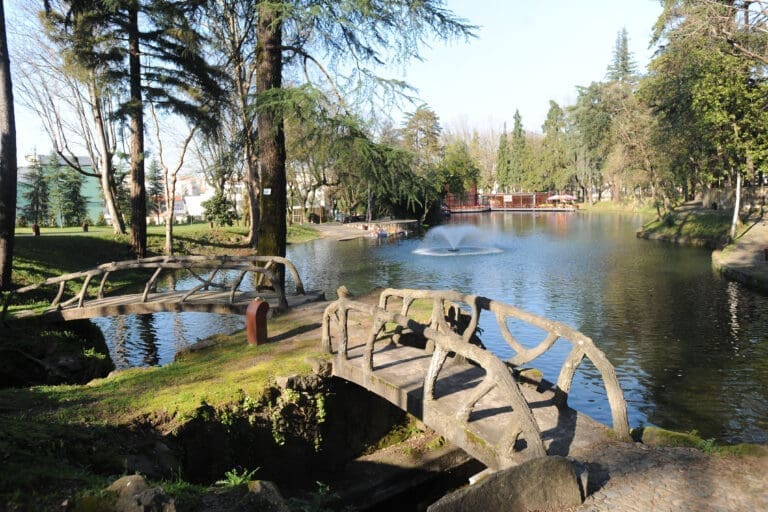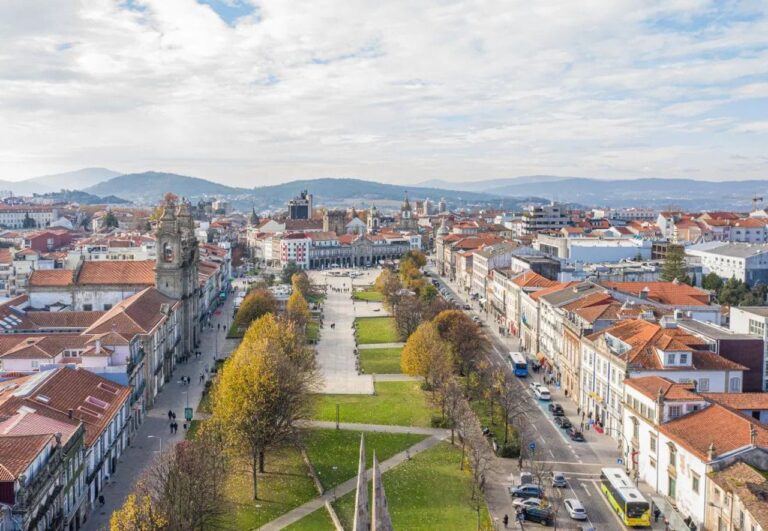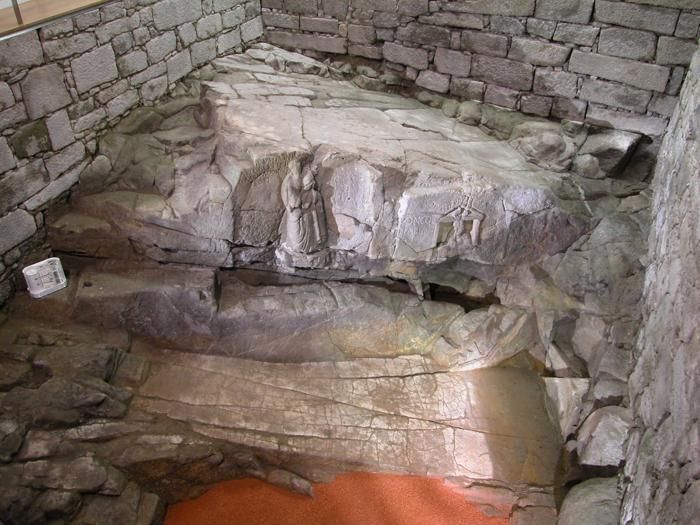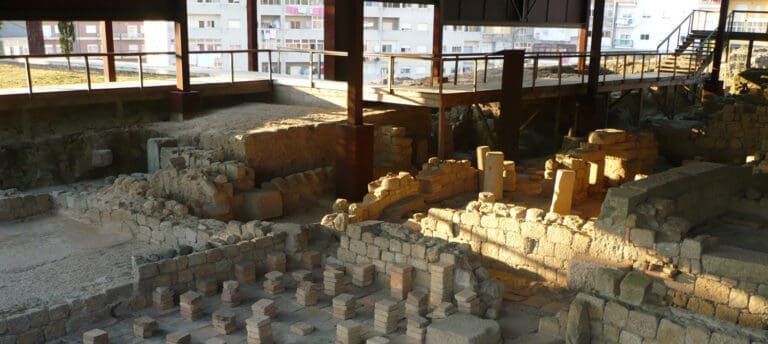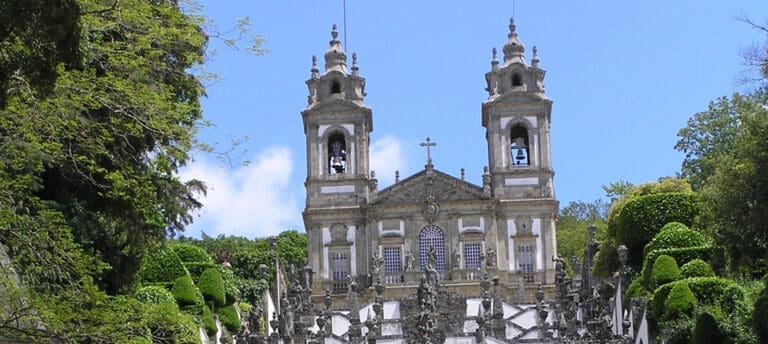Built in the 18th century according to the design of the great architect André Soares, it was restored in 2015 and is now the Interpretation Centre of the Memories of Mercy of Braga.
Through the thematic centres you can see everything from sacred art, painting, sculpture and ceramics, to jewellery and archival documentation, as well as objects related to the pharmacy and medical utensils of the old hospital. Also noteworthy is the intangible heritage related to Holy Week in Braga.
The palace called Palácio do Raio, or Casa do Mexicano, as it is also known, began a new chapter in its history in 2015, opening to visitors as the Interpretation Centre of the Memories of Mercy of Braga.
Built in 1754-55 by order of João Duarte de Faria, a powerful merchant from Braga, and designed by the architect André Soares, it is one of the most notable buildings of civil architecture in the city of Braga, in the Baroque Johannine style. The palace was sold in 1853 by José Maria Duarte Peixoto to Miguel José Raio, Viscount of São Lázaro, and was renamed Palácio do Raio.
It has been classified as a Public Interest Asset since 1956.
In the Interpretation Centre you can contemplate the history of the century-old Santa Casa de Braga, with thematic groups; the visit begins with an evocation of the greatest symbols of Braga architecture: André Soares and Carlos Amarante. Visitors are invited to discover the history of the Confraternity of Mercy of Braga and the Hospital of San Marco, founded in 1508.
Sacred art, painting, sculpture, ceramics, jewellery, hospital and pharmacy articles and archival documentation, the collection of the permanent exhibition is presented in an interactive and dynamic way through the environment, videos and other elements that also allow the visitor to contemplate all the architectural and artistic beauty of the building.
Also noteworthy is the intangible heritage of the Santa Casa related to the lanterns and processional flags, the farricoco and the fogaréus, which transport the visitor to the procession of the Lord ‘Ecce Homo’, organised by Mercy since ancient times.

 Braga, Northern Portugal
Braga, Northern Portugal



 Página Web
Página Web 